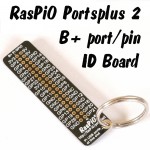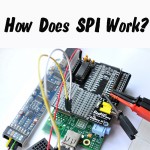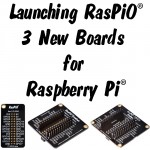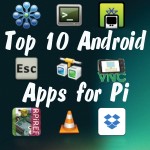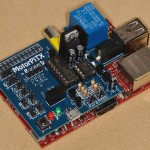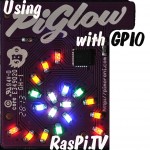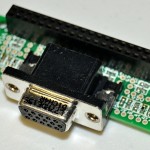
I went to the Cambridge Jam yesterday and displayed HDMIPi production model #1, met lots of people, including Eben, Liz, and a multitude of Pi enthusiasts and bloggers (quite normal for a #CamJam). There was also a CNBC news crew there to film some Pi action. They shot a brief clip of me doing something like this… Matt Hawkins @RPiSpy kindly took this one for me using my camera. Good job he’s not a monkey, or we might have a copyright dispute. It was really nice to spend some time chatting to Matt. (Thanks for […more…]

